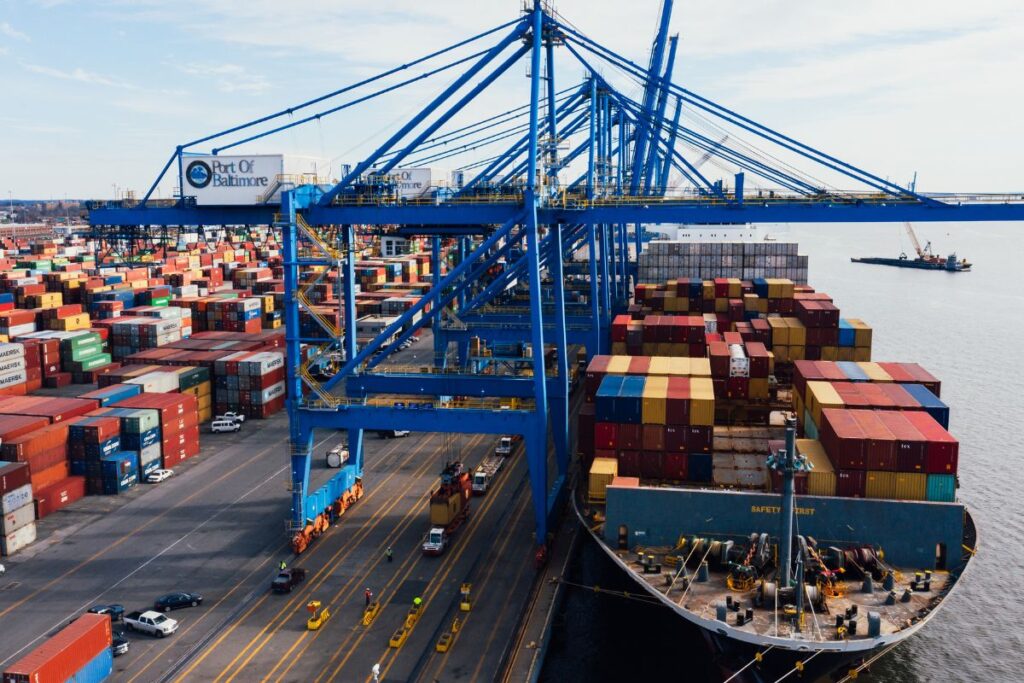In the apparel manufacturing industry, buyers usually place production orders using two main models: FOB (Free On Board) and CM (Cut and Make). Each system defines who controls materials, costs, and logistics within the garment manufacturing process. Understanding the differences between these two models helps businesses choose the most suitable structure for pricing, quality, and efficiency in global export and import operations.
What is FOB?
FOB (Free On Board) is the most common commercial term used in garment shipping and exporting. Under the FOB system, the manufacturer or supplier manages everything up to the port of loading, including sourcing of fabric, accessories, labor, production, finishing, and local transportation.
The buyer makes payment once the garments are ready for shipment, and responsibility transfers to the buyer when goods are loaded onto the ship or aircraft.
The FOB price breakdown generally includes: Fabric + Accessories + Labor + Overheads + Profit + Local transport. This system allows the buyer to focus on logistics, shipping schedules, and destination import costs after the cargo has left the supplier’s port.
The export process also compliance for regulations from both exporter and importer, check out this Guide to import garment from Vietnam to The US and Canada.
Benefits of FOB
- Better control of freight and cost: Buyers can negotiate directly with shipping agents to secure the best freight rates and delivery schedules. This often leads to better financial control and optimized logistics.
- More competitive pricing: Since the supplier manages end-to-end production and the buyer handles international transport, overall pricing becomes more transparent and cost-effective for larger orders.

Buyers’ responsibilities using FOB terms.
What is the CM order
CM (Cut and Make) is another production model used in the garment manufacturing process. In this arrangement, the buyer provides all raw materials and trims, such as fabrics, accessories, labels, packaging and the manufacturer is responsible only for cutting and sewing.
The CM price component covers labor, overheads, and profit, but not the materials. Because the garment factory only executes the cut and make stages, the buyer maintains full control over sourcing and fabric quality. This model is preferred by companies that have reliable sourcing networks or want to manage production costs more directly.
Benefits of CM
- Flexible and cost-saving: Since the buyer supplies materials, this method allows for tighter cost management and flexibility in design and sourcing decisions.
- Control over material quality: Buyers can select and test all inputs before sending them to the factory, ensuring that the finished garments meet brand and quality expectations.

Quick comparison between FOB and CM
Check this comparison table to have a quick glance at differences between these two terms:
|
Free-On-Board (FOB) |
Cut-Make (CM) |
|
|
Scope of work |
End-to-end process: sourcing, production, finishing, packing, and delivery to the port of loading | Limited to cutting, sewing, and trimming; buyer provides materials and patterns |
|
Responsibility for material |
Supplier handles all raw materials | Buyer provides all materials |
|
Cost control |
Higher total cost since the supplier manages all stages | Lower cost, but the buyer assumes responsibility for material sourcing |
|
Quality control |
Managed by the supplier | Fully controlled by the buyer |
|
Best for |
Large enterprises managing high-volume bulk orders | Small or medium-sized brands with strong sourcing capacity |
Choosing your trusted garment manufacturer
When selecting between FOB and CM in apparel manufacturing, the choice depends on your production scale, sourcing ability, and desired level of control. For many brands, Vietnam’s role has switched to be one of the most reliable destinations for apparel sourcing due to its skilled labor, efficient infrastructure, and competitive production costs.
Vietnam garment manufacturers like Capital World Group offer garment manufacturing processes with complete transparency and quality assurance. As a trusted apparel manufacturer providing end-to-end supply chain control, Capital World Group targets brands seeking Vietnam apparel manufacturer with end‑to‑end supply‑chain control

